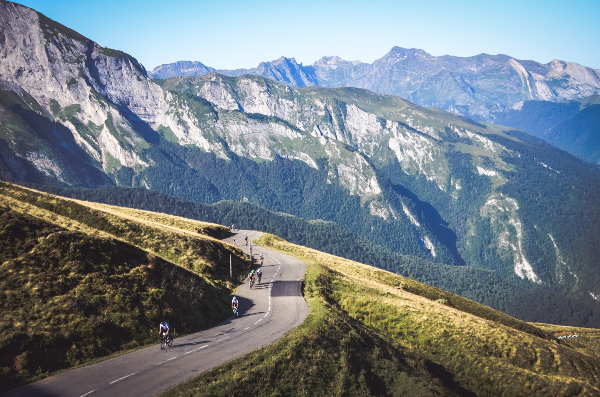11/10/2020
2021 Haute Route Pyrenees | Stage Descriptions
The 2021 edition of the Haute Route Pyrenees really is something special.
This point-to-point course will see riders traverse across some of the most beautiful peaks and rugged landscapes that the Pyrenees has to offer.
From July 6th to 10th
As riders descend upon the Event Village in Girona for the welcome ceremony and bib collection, they will instantly fall in love with this stunning Mediterranean town which is nothing short of cycling paradise.
With the Tour de France also racing towards the Pyrenees, there will be an incredible cycling atmosphere and buzz in the region.
This 2021 edition is not to be missed. Find out where the stages will explore below and discover the best of the Pyrenees in 2021.
The 5-day Haute Route Pyrenees is a point-to-point course:
- Night 1 in Girona
- Night 2 in Bolquère Pyrénées 2000
- Night 3 in Ax-Lex-Thermes
- Night 4 in Bagnères De Luchon
- Night 5 in Argelès-Gazost
STAGE ONE : 104KM / 2400M+
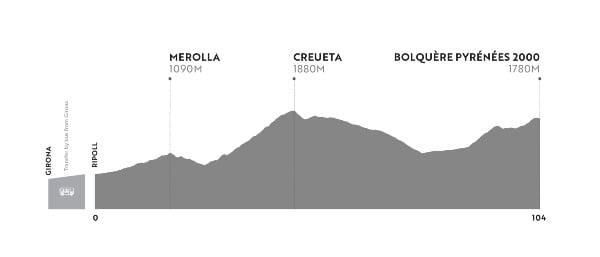
Despite having five stages of incredible roads and places to explore ahead, riders will undoubtedly feel a little sad to be leaving Girona behind – and we don’t blame them. As the birthplace of Catalonia and as the home of the beautiful Santa Maria monastery, it is a fitting place to start the 5-day Haute Route Pyrenees event and a paradise for cyclists.
After taking the shuttle from Girona to Ripoll, riders will be buzzing to take to the start. From the get-go, riders will find themselves cycling along flowing open roads, surrounded by the Serra de Montgrony as they head towards the first climb of the day at Coll de Merolla. At just 6km long and with an average gradient of 4%, this climb can be deemed the warm-up before the upcoming and more tasking climb of Coll de la Crueta.
After enjoying the fun descent, riders will head through the medieval town of La Pobla de Lillet before picking up the road towards their first climb above 2,000m. At 21km long, the Coll de la Creueta is a climb to settle into, with an average gradient of 5.2%. This is an unforgettable climb through the forest, over the cascading Longbreat river and to the summit with incredible panoramic views.
Riders can then pick up the pace as they head through Puigcerda and onto their first summit finish at Bolquère Pyrénées 2000.
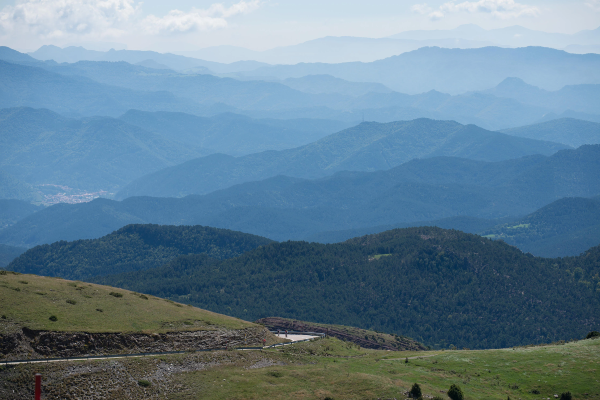
STAGE TWO : 131KM / 2800M+
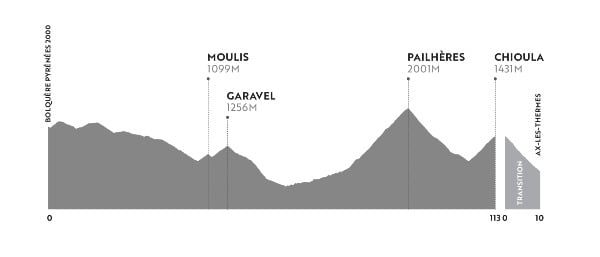
As the peloton heads out of the ski resort of Bolquère, they have over 30 kilometres to warm up the legs before working up and over both the Col des Moulis (1,099m) and Col du Garavel (1,256m).
Up next is the Port de Pailhères which has quickly earned its place as a bucket-list climb, despite first featuring in the Tour de France in 2003. The gradient rises to 8% early on, with little let-up until the summit. Riders will be glad to see the hairpins 6.5 kilometres in, if only for a welcome distraction from the unforgiving gradient as they make their way up to 2,000m. Enjoy the descent, followed by a final climb over Col du Chioula (1,431m) on heavier legs before descending into Ax-les-thermes. Here, alongside the unmissable Haute Route sports massage, riders might be tempted by the beautiful thermal baths this spa town has to offer.
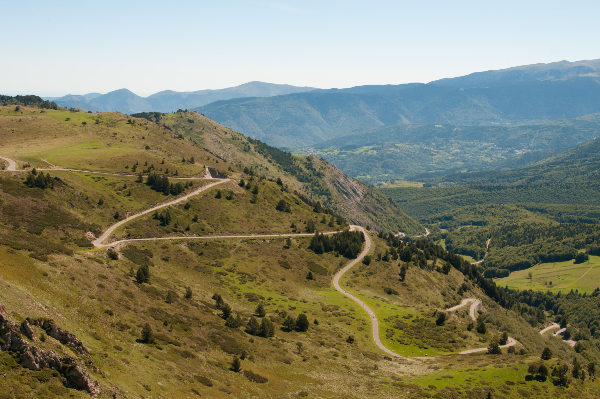
STAGE THREE : 174KM / 3500M+
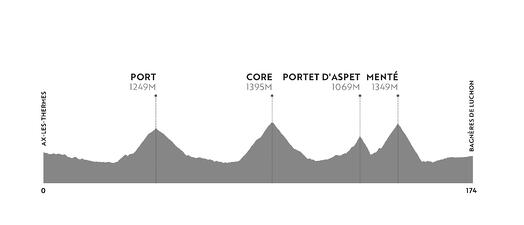
Riders will cover some distance on this stage and whilst they will be summiting the likes of Col de Port, Col de la Core, Col de Portet d’Aspet and Col de Menté, they can take some respite in knowing that none of these climbs rise above 1,500m. Even more exciting and fascinating for our Haute Route riders is the fact that the Tour de France 2021 riders will be taking on these very climbs; Col de Port, Col de la Core and Col du Portet d’Aspet in the same order for Stage 16 of the Tour. So now it’s your chance to set your best times and see if the professional cyclists can keep up!
Following the river along the valley, riders will ascend Col de Port from Tarascon-sur-Ariège and Col de la Core from Seix. Whilst both climbs have an easier gradient, riders won’t want to be left behind and might find themselves picking up the pace on the cols in order to stay with a good group to help tick off the faster miles through the valley.
Riders will soon discover if they have gone too hard reaching the Col de Portet d’Aspet. Whilst the average gradient may only be 4.2% and riders may breeze up the first part of the climb, the final four kilometres pack a punch with the gradient rising to 9-10% average. A famous Tour de France climb steeped in history, make sure you also look out for the large memorial of Fabio Casartelli, who sadly lost his life in a cycling tragedy in 1995.
Riders then descend back down to the turning at Pont de l’Oule, before heading straight into the fourth and last col of the day, the Col de Menté. Like the latter climb, this col lures riders into a false sense of security with an easier gradient for the first four kilometres before ramping up to a challenging 9% and offering little let up until the summit,10.9km later. Make sure you look up and appreciate the views on the hairpins, before descending down the other side and towards the finish line at Bagnères-de-Luchon.
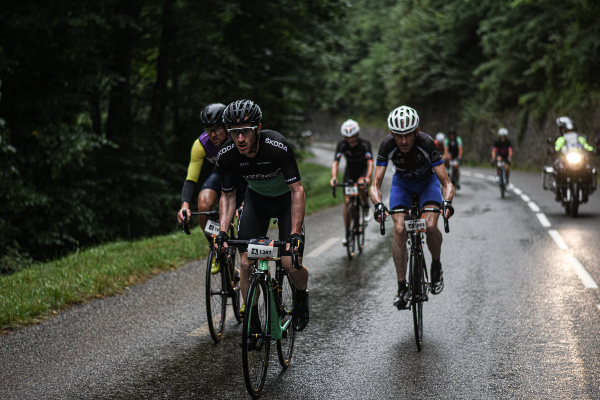
STAGE FOUR : 120KM / 3300M+
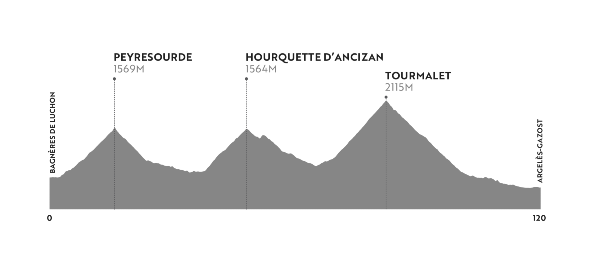
With three big stages under their belts, Stage Four tests the peloton with 3,300m of climbing over 120 kilometres – including the mighty Col du Tourmalet.
Straight out of Luchon, riders will have little time to warm-up the legs as they find themselves heading straight into the 14.5-kilometre climb of the Col de Peyresourde. With a steadier section in the middle, riders will notice the gradient ramp up again in the latter part of the climb but will be rewarded with dreamy switchbacks and unforgettable panoramic views.
Featuring in the Tour de France for the first time in 2011, the Hourquette d’Ancizan has been rightfully targeted as a bucket-list climb for many cyclists. With an average gradient of 8%, riders will find themselves having to work hard to get over some steep pitches, whilst the forever changing gradient makes it difficult to find a rhythm.
The Col du Tourmalet needs no introduction and for Stage Four, riders will be tackling it from the east side of Campan – the side considered the more difficult of the two ascents. As riders pass through Sainte-Marie-de-Campan, they might be tricked into wondering what all the fuss is about, but will soon be reminded why this climb has caused so many cyclists to crack once they reach Gripp. Here the climb starts proper, rising up to 8% before entering double digits and making your lungs and legs burn. Riders will round out the climb with a very steep final hairpin as the famous cast iron statue of Octave Lapize comes into view.
From here, you can enjoy the descent down the other side and on towards Argelès-Gazost having completed a truly iconic day on the bike.
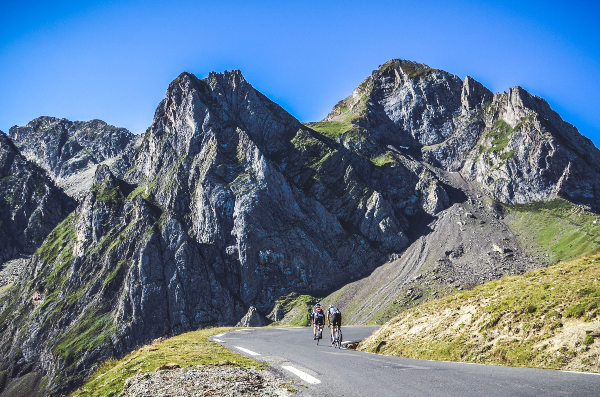
TAGE FIVE : 130KM / 2700M+
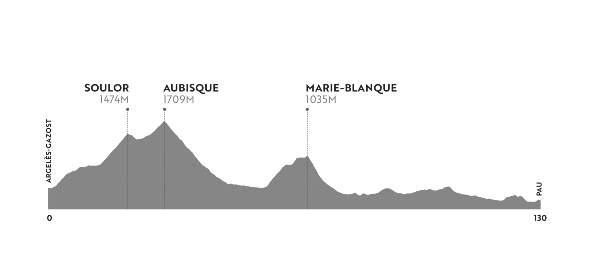
Perhaps the second most famous climb after the Tourmalet, riders are in for a treat with an early ascent up the Col d’Aubisque. As the peloton head out of Argelès-Gazost they will first summit the scenic Col du Soulour. From here, the route descends into a false flat and an incredible cliff road – which has been called the circle of death.
From here, riders will continue the climb up towards Aubisque. Of the eight-kilometre climb, it is only the latter half that sees an increase in gradient to 7% but nothing unmanageable for the peloton, especially when distracted by the beautiful landscape and views for days.
From here, riders have one more col to tick off for the 2021 edition of the Haute Route Pyrenees - the Col de Marie Blanque. For this climb, riders will be ascending from the easier east side or Belle – with a 5.1% average gradient over 11.4km, giving riders a real chance to soak it all up and really appreciate the beauty of the Pyrenees.
From the summit, riders will enjoy the descent and the final kilometres as they head straight towards the well-deserved finisher medal and Haute Route after party in Pau. The atmosphere will be buzzing, as the Tour de France peloton reaches the Pyrenees the very same day.
Find more course details and maps at the event page.
